By Jonathan Wong
In Part 1 of this article, we talked all about how to get your glutes activated and functioning correctly. In isolation.
But that is not the way the body works. It works in integrated movements like squatting, running, lunging, and jumping. Using the right techniques that put the correct emphasis on the glutes will enable you to do these sports movements correctly.
This article will show you some common exercises that are part of well-designed training programmes, and how to train your body to use the glutes correctly while doing them.
SQUATS
The emphasis we want is to get DEEP into the bottom of the squat, where there is maximum activation of your glutes. This is why they will be sore after a training session involving squats.
You can use any piece of free-weight equipment to squat, but avoid avoid the smith machine (the one with the rails) because it forces your body into an unnatural straight line movement.
When you squat, remember to keep your chest up and your weight on your mid-foot and heel. Once you feel your chest rounding over, or your weight moving towards your toes, that is poor technique.
Remember to squat "between" your legs. As you go down, think "buttocks move backward", and as you come up, think "chest up and hips forward".
Below are some videos of different kinds of squat.
LUNGES
With lunges we also want to get deep into them to get the glutes working. A small step puts the focus on your thighs and not your glutes so we want to avoid that. Take a step that is large enough to get your front foot far forward, and your rear knee close to the ground.
Once you are at the bottom position drive off the heel of your front foot to put the emphasis on your glutes.
Start with static lunges (no moving of legs, just up and down in place), and as your balance improves, move on to reverse lunges, then forward lunges ones, then on to walking ones (same as forward lunges except you walk forward instead of staying in one place).
The weight you use is not the critical thing. Most importantly you need to drive off that front heel and making sure that the glutes are doing the work. Excessively heavy weight would mess up your technique and this will not build the correct movement. Add weights using dumbbells in the hands or a barbell on your shoulders. Keep your shoulders back and down, and keep your chest up. Remember to bend your back leg.
Reverse Lunge
Forward Lunge
STEP-UPS
Here is another exercise that trains one glute at a time. Find a bench of a good height which allows you to use good technique. As you improve you can use dumbbells in your hands or a barbell across your shoulders to increase the difficulty.
Good technique means you pull with the heel of the foot on the bench. You do not jump off the foot on the ground. To help you, you can wiggle the toes of the foot on the ground. That will prevent you from jumping. Keep your shoulders back and down and keep your chest up.
Step Up Demo Video
DEAD-LIFTS
These are another great glute strengthener when done correctly. First, stand in your most comfortable stance and do 3 low jumps in a row (just a few cm off the floor will suffice). The position you land in is usually a good foot width for dead-lifting.
Walk up to the bar and touch your shins to it. Then without moving your feet or the bar, bend over and grab the bar. Keep your chest up and arms straight. Look down and keep your head in line with your body.
Pull the bar up by driving your heels into the ground and keeping your chest up. You should feel yourself falling backwards slightly.
When you stand up do not lean back. Instead, stand up full and squeeze your glutes to complete the lift. Imagine trying to squeeze something between your butt cheeks. That is what this should feel like when done correctly at the top position. If you have done the exercises in Part 1 of this article correctly, you should know what this feels like. At the top position you should be looking straight ahead.
SINGLE LEG DEAD LIFTS
This is the one leg version. Which is important because in many activities like running, your glutes have to work one after the other. Start off with no weight and progress with dumbbells and then even a barbell.
Keep your chest up and lower the weight in front of your foot which is on the ground. The leg in the air should be extended out as you lower the weight. At the bottom, this leg should have its glute tightly contracted. As you rise to the top position, the glute of the ground leg should contract correctly. Do not touch your leg to the ground till the ground leg glute has contracted fully.
STRETCHING FOR MAXIMUM PERFORMANCE
For proper glute function, add these 2 stretches into your pre and post training stretching sessions.
Hip Flexor Stretch
Unfortunately, many of us spend a lot of time sitting down. So the muscles that flex ouR hips (bring our knees up) become tight and this prevents the opposite muscles, our Glutes, from functioning well. That is why we need to do the stretch as seen below.
Notice in the video that at first I am straight up, then I lean to one side. These are 2 separate stretches. Hold each one for 5 deep, slow breaths. Repeat for the other leg. While you stretch, contract the glute of the back leg, and suck in your bellybutton.
External Rotator Stretch
In my experience, most people are also tight in what's called the external rotators of the hip which are under our glutes. This can lead to improper movement patterns. Here is how you should stretch them.
NEXT WEEK
We will talk about complete strength training for endurance athletes. I will present a 12-week sample program which includes all the glute training from these 2 articles.
Jonathan Wong is a fitness and sports performance coach, and the owner of Genesis Health & Performance. Jonathan has worked with athletes and fitness enthusiasts of all levels to help them achieve their health, fitness and performance goals. To schedule a consultation or subscribe to his free newsletter and articles, go to www.coachjon.com. Also, check out his daily updates at www.singaporepersonaltrainer.blogspot.com
References:
- Caterisano, A, Moss, RF, Pellinger, TK, Woodruff, K, Lewis, VC, Booth, W, Khadra, T. The effect of back squat depth on the EMG activity of 4 superficial hip and thigh muscles. J Strength Cond Res 2002 Feb; 16(3): 428-32.

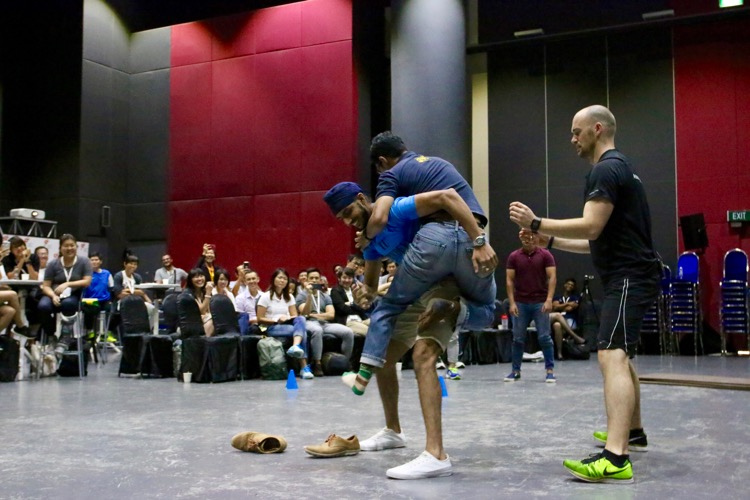

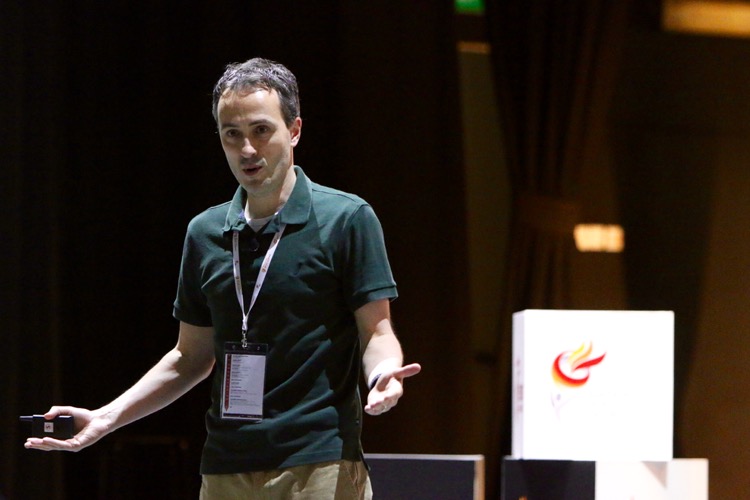
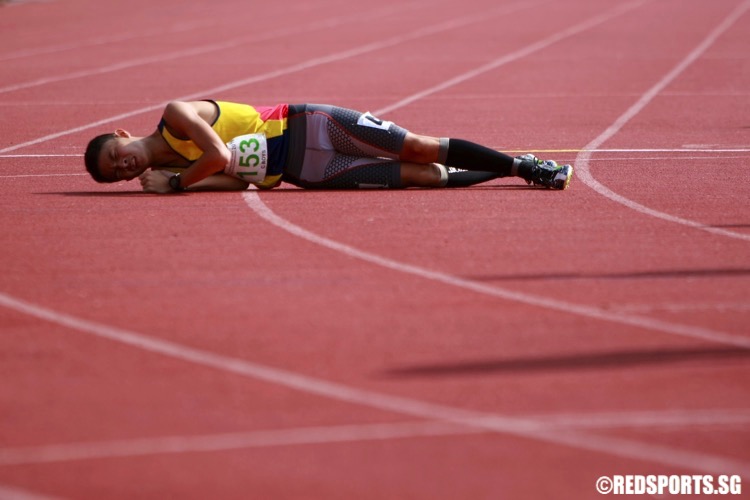
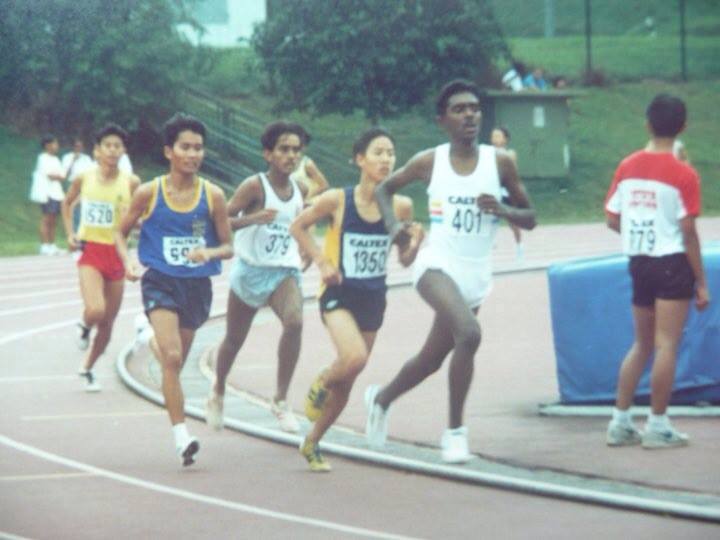
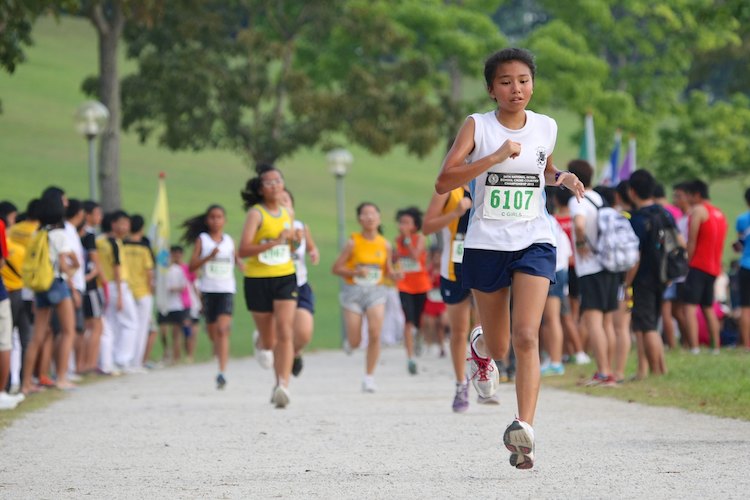
[…] Butt Of Course: Integrating Your Glutes […]